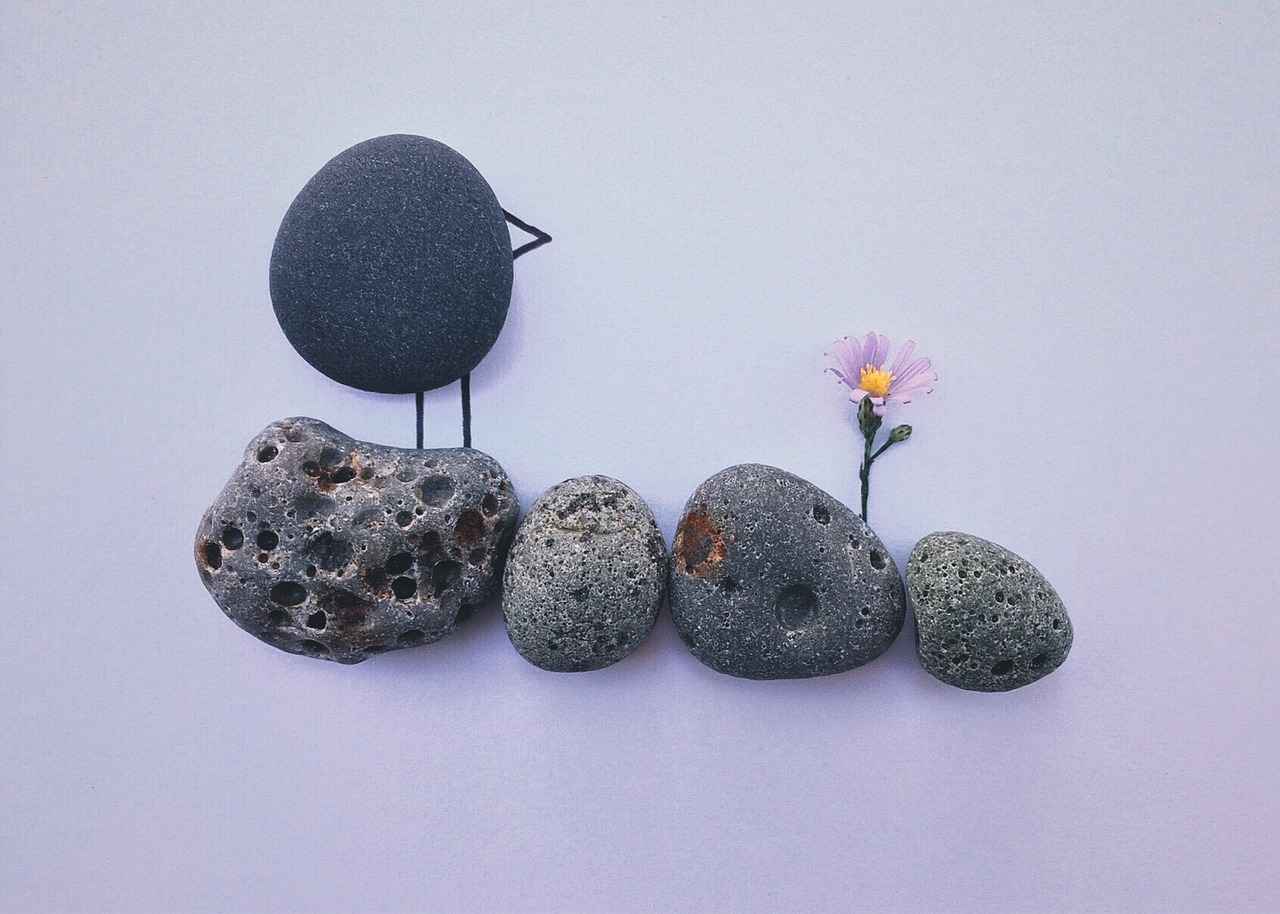This article explores the fascinating process of creating cyanotype bandanas, a unique method of fabric dyeing that combines art and science. We’ll cover materials, techniques, and tips for perfecting your designs.
What is Cyanotype Printing?
Cyanotype printing is a historical photographic printing process that produces a striking cyan-blue image. Developed in the 19th century, this technique utilizes the light-sensitive properties of certain chemicals to create beautiful prints. The process involves a simple yet effective chemical reaction, making it an accessible art form for both beginners and experienced artists alike. Understanding the chemistry behind cyanotype is essential, as it allows you to appreciate the intricate balance between art and science.
Essential Materials for Cyanotype Bandanas
To embark on your cyanotype bandana-making journey, you will need specific materials. The essential items include:
- Fabric: Choose natural fibers like cotton or linen for the best results.
- Chemicals: Ferric ammonium citrate and potassium ferricyanide are crucial for the cyanotype solution.
- Tools: You’ll need brushes, a UV light source, and a container for mixing solutions.
Being well-prepared with these materials will set the foundation for your creative endeavor.
Choosing the Right Fabric
The choice of fabric plays a significant role in the quality of your cyanotype print. Natural fabrics such as cotton and linen absorb the chemicals more effectively than synthetic materials, leading to vibrant and clear prints. Consider the texture and color of the fabric as well; lighter fabrics will yield more striking results. Pre-washing the fabric can also help remove any finishes that might interfere with dye absorption.
Required Chemicals and Tools
Understanding the chemicals involved in the cyanotype process is vital. Ferric ammonium citrate acts as a light-sensitive compound, while potassium ferricyanide develops the blue hues. Always handle these chemicals with care, using gloves and protective eyewear. Additionally, a UV light source is essential for exposing your fabric, and a soft brush helps in applying the cyanotype solution evenly.
Preparing the Cyanotype Solution
Mixing the cyanotype solution is a crucial step for achieving vibrant prints. Combine equal parts of ferric ammonium citrate and potassium ferricyanide in a dark environment to prevent premature exposure. Once mixed, the solution should be stored in a dark container. Always wear gloves during this process to protect your skin, and ensure proper ventilation in your workspace.
Creating Your Design for the Bandana
Your creativity shines during the design phase. You can use natural objects like leaves and flowers to create stunning silhouettes or opt for stencils for more precise patterns. Digital designs can also be printed onto transparent film for a unique touch. Experiment with different techniques to find what resonates with your artistic vision.
Using Natural Objects
Natural objects are an excellent choice for creating unique designs. Select leaves, flowers, or other organic materials that will cast interesting shadows. Prepare these items by ensuring they are clean and dry. Arrange them on the treated fabric, and secure them in place if necessary to prevent movement during exposure.
Utilizing Stencils and Digital Prints
Stencils provide a way to create intricate designs with precision. You can either purchase ready-made stencils or create your own using cardstock. For digital designs, print your artwork onto transparent film, ensuring it’s the right size for your bandana. This method allows for endless creativity while maintaining a professional finish.
The Cyanotype Printing Process
Understanding the printing process is essential for success. First, apply your design to the fabric using the cyanotype solution. Next, expose the fabric to UV light, which activates the chemicals and begins the development process. Timing is critical; typically, exposure lasts between 10 to 30 minutes, depending on the light source and environmental conditions.
Exposure to UV Light
The exposure phase is crucial for achieving the desired results. Position your fabric under a UV light source or in direct sunlight. Monitor the exposure time closely, as overexposure can lead to washed-out prints, while underexposure may result in faint images. Adjust your exposure based on the intensity of the light and the details of your design.
Washing and Developing the Print
After exposure, it’s time to develop your print. Rinse the fabric gently in water to remove unexposed chemicals, revealing the vibrant blue design. This step is essential for achieving clarity and vibrancy in your final product. Once rinsed, hang your bandana to dry, avoiding direct sunlight to prevent fading.
Finishing Touches for Your Cyanotype Bandana
Once your bandana is printed and dried, you can enhance its appeal with finishing touches. Ironing the fabric can help smooth out any wrinkles, while setting the dye with a vinegar solution can improve colorfastness. These steps ensure your bandana not only looks great but also lasts longer.
Care and Maintenance of Cyanotype Bandanas
To extend the life of your cyanotype bandanas, proper care is essential. Hand wash your bandanas in cold water with mild detergent, avoiding bleach and harsh chemicals. Store them in a cool, dry place away from direct sunlight to maintain their vibrant colors.
Exploring Creative Variations
Cyanotype bandanas can be personalized in numerous ways. Consider experimenting with layering different designs or using various fabric types for unique textures. The possibilities are endless, encouraging you to express your creativity and develop a distinctive style.
Where to Use Your Cyanotype Bandanas
Cyanotype bandanas are versatile accessories that can be worn in various ways. Use them as headbands, neck scarves, or fashion statements. Their unique designs make them perfect for casual outings or special occasions, showcasing your artistic flair.
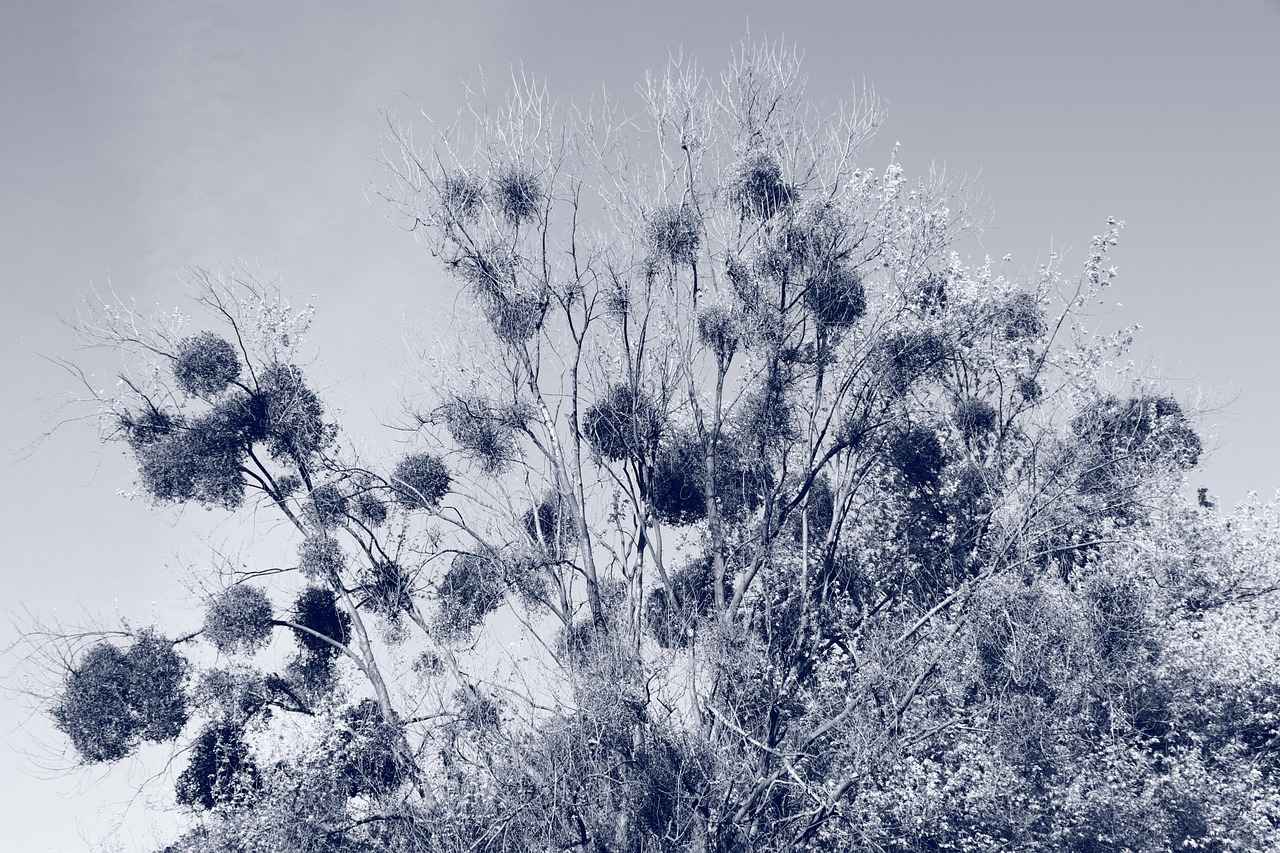
What is Cyanotype Printing?
Cyanotype printing is a unique and captivating photographic printing process that yields stunning cyan-blue images. This technique, developed in the 19th century, has fascinated artists, photographers, and DIY enthusiasts alike due to its simplicity and rich historical significance. In this section, we will explore the history, chemistry, and various applications of cyanotype printing, providing you with a solid foundation for your creative endeavors.
The origins of cyanotype printing date back to 1842 when the English scientist John Herschel first discovered the process. Initially used for reproducing notes and diagrams, it quickly gained popularity among artists and photographers. The process utilizes a mixture of ferric ammonium citrate and potassium ferricyanide, which, when exposed to UV light, undergo a chemical reaction that produces the characteristic blue color. This fascinating interplay of chemistry and light is what makes cyanotype printing so appealing.
The chemistry behind cyanotype is relatively straightforward, making it accessible for beginners. The solution is applied to a variety of surfaces, including paper and fabric, and once dry, it is exposed to sunlight or UV light. The areas of the material that are shielded from light remain white, while the exposed areas develop a rich blue hue. This process allows for endless creative possibilities, as artists can use natural objects, stencils, or digital designs to create intricate patterns and images.
Cyanotype printing has numerous applications beyond traditional photography. Artists often use this technique for creating unique textiles, such as bandanas, scarves, and wall hangings. The process is also popular in educational settings, where students can explore the principles of chemistry and photography hands-on. Additionally, cyanotype prints are increasingly used in commercial products, such as stationery and home decor, showcasing their versatility and artistic appeal.
As you delve into the world of cyanotype printing, understanding its history, chemistry, and applications will enhance your appreciation of this art form. Whether you are creating bandanas or experimenting with other materials, the cyanotype process offers a unique blend of artistry and science that invites creativity and exploration.
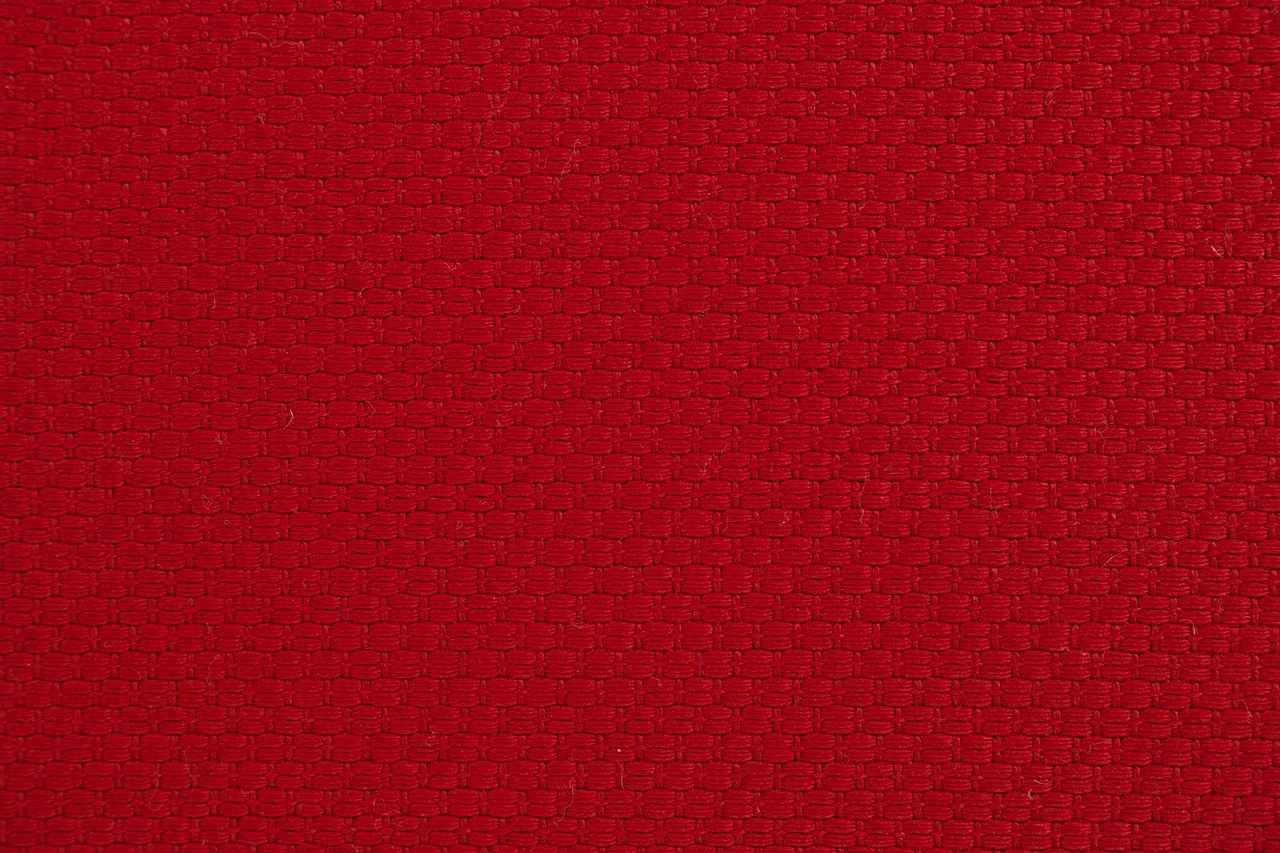
Essential Materials for Cyanotype Bandanas
Creating stunning cyanotype bandanas is an exciting blend of art and science, requiring careful preparation and the right materials. In this section, we will explore the essential materials you need to embark on your cyanotype journey, ensuring that you have everything at your fingertips for a successful project.
To create beautiful cyanotype bandanas, you will need a variety of materials that play crucial roles in the printing process. Below, we outline the key items you’ll require:
- Fabric: The fabric you choose is vital for achieving the best results. Natural fibers like cotton or linen are highly recommended due to their ability to absorb the cyanotype solution effectively. Consider using pre-washed fabric to remove any sizing or chemicals that might interfere with the dyeing process.
- Cyanotype Chemicals: The primary chemicals involved in cyanotype printing are ferric ammonium citrate and potassium ferricyanide. These chemicals react to UV light, creating the distinctive blue color. It is essential to handle these substances with care, wearing gloves and a mask to avoid inhalation or skin contact.
- Tools: You will need a selection of tools to apply the cyanotype solution and create your designs. Essential tools include:
- Brushes: Soft brushes help apply the solution evenly across the fabric.
- Measuring Tools: Accurate measuring spoons or a scale are important for mixing the chemicals in the correct proportions.
- UV Light Source: A UV lamp or sunlight is necessary for exposing your fabric to create the cyanotype effect.
- Protective Gear: Safety goggles and gloves are important for protecting yourself while working with chemicals.
- Design Elements: To achieve unique patterns, consider using natural objects like leaves, flowers, and even stencils. These elements can create intricate silhouettes that enhance the beauty of your bandana.
- Water Source: A sink or container for rinsing your fabric after exposure is essential. This step is crucial for developing the print and revealing the vibrant blue color.
By gathering these materials before you start, you will set yourself up for a successful cyanotype bandana-making experience. Each item plays a significant role in the overall process, so ensure that you have high-quality supplies to achieve the best results. With the right materials on hand, you are now ready to dive into the exciting world of cyanotype printing!
Choosing the Right Fabric
is a pivotal step in the cyanotype printing process, significantly influencing the quality and appearance of the final print. The fabric you select not only affects how the dye adheres but also impacts the overall aesthetic and durability of your artwork. In this section, we will explore various fabric options, including cotton, linen, and other materials, discussing their unique properties and how they contribute to successful cyanotype results.
When it comes to cyanotype printing, cotton is one of the most popular choices. This versatile fabric is known for its excellent absorbency, which allows it to soak up the cyanotype solution effectively. As a result, cotton can produce vibrant blue hues that are characteristic of this printing technique. Additionally, cotton is widely available, affordable, and easy to work with, making it an ideal option for both beginners and seasoned artists.
Another excellent fabric choice is linen. Renowned for its strength and durability, linen offers a unique texture that can enhance the overall look of your cyanotype prints. The natural fibers of linen allow for good dye absorption, resulting in rich colors. However, it is essential to note that linen can be more challenging to work with compared to cotton due to its stiffness. Artists may need to experiment with exposure times and chemical concentrations to achieve the desired results.
In addition to cotton and linen, other fabrics such as silk and canvas can also be used for cyanotype printing. Silk, known for its luxurious feel and sheen, can create stunning prints with a delicate quality. However, it is vital to use a gentle approach when handling silk, as it is more sensitive to chemicals and UV exposure. Canvas, on the other hand, offers a sturdy option for those looking to create more substantial artworks. Its texture can add depth to the prints, but artists should ensure that the canvas is pre-treated to optimize dye absorption.
Ultimately, the choice of fabric should align with your artistic vision and the specific effects you wish to achieve. It is advisable to conduct test prints on different materials to understand how each fabric interacts with the cyanotype process. This experimentation can lead to exciting discoveries and unique results that reflect your personal style.
In summary, selecting the right fabric is crucial for successful cyanotype printing. By understanding the properties of various materials such as cotton, linen, silk, and canvas, you can make informed decisions that enhance the quality of your prints. Whether you prefer the softness of cotton or the elegance of silk, each fabric offers its distinct advantages, allowing you to express your creativity in diverse ways.
Required Chemicals and Tools
Cyanotype printing is a captivating process that allows artists and enthusiasts to create stunning blue prints using a combination of specific chemicals and tools. In this section, we will explore the essential chemicals, such as ferric ammonium citrate and potassium ferricyanide, and the necessary tools that facilitate the cyanotype process, ensuring a successful and enjoyable experience.
At the heart of the cyanotype process are two primary chemicals that work together to produce the characteristic blue color:
- Ferric Ammonium Citrate: This chemical serves as a light-sensitive compound. When mixed with water, it forms a solution that can be applied to fabric. Upon exposure to UV light, ferric ammonium citrate is reduced to ferrous state, initiating the chemical reaction that leads to the vibrant blue color.
- Potassium Ferricyanide: This chemical complements ferric ammonium citrate in the cyanotype process. After exposure to UV light, it reacts with the ferrous ions to form Prussian blue, the final pigment that gives cyanotypes their distinctive hue.
In addition to the chemicals, a few essential tools will help you achieve the best results in your cyanotype printing:
- Brushes: A variety of brushes can be used to apply the cyanotype solution evenly onto the fabric. Flat brushes are ideal for larger areas, while smaller brushes are perfect for detailed work.
- UV Light Source: Exposure to ultraviolet light is crucial for developing cyanotypes. You can use natural sunlight or a UV lamp. When using sunlight, ensure you have a clear, sunny day for optimal results.
- Measuring Tools: Accurate measurement of your chemicals is vital for a successful mixture. Use a scale or measuring spoons to ensure the right proportions of ferric ammonium citrate and potassium ferricyanide.
- Protective Gear: Safety should always come first. Wear gloves and goggles to protect your skin and eyes from the chemicals involved in the process.
- Darkroom or Light-Safe Area: Since the cyanotype solution is sensitive to light, it is essential to prepare and store your materials in a darkroom or a light-safe area until you are ready to expose your prints.
To create the cyanotype solution, you will need to mix equal parts of ferric ammonium citrate and potassium ferricyanide with water. This mixture should be prepared in a dimly lit environment to prevent premature exposure. Once mixed, the solution can be applied to your chosen fabric using the brushes mentioned earlier.
In conclusion, understanding the required chemicals and tools is fundamental for anyone looking to master the cyanotype process. By familiarizing yourself with ferric ammonium citrate and potassium ferricyanide, as well as gathering the necessary tools, you will be well on your way to creating beautiful cyanotype bandanas that showcase your artistic flair.
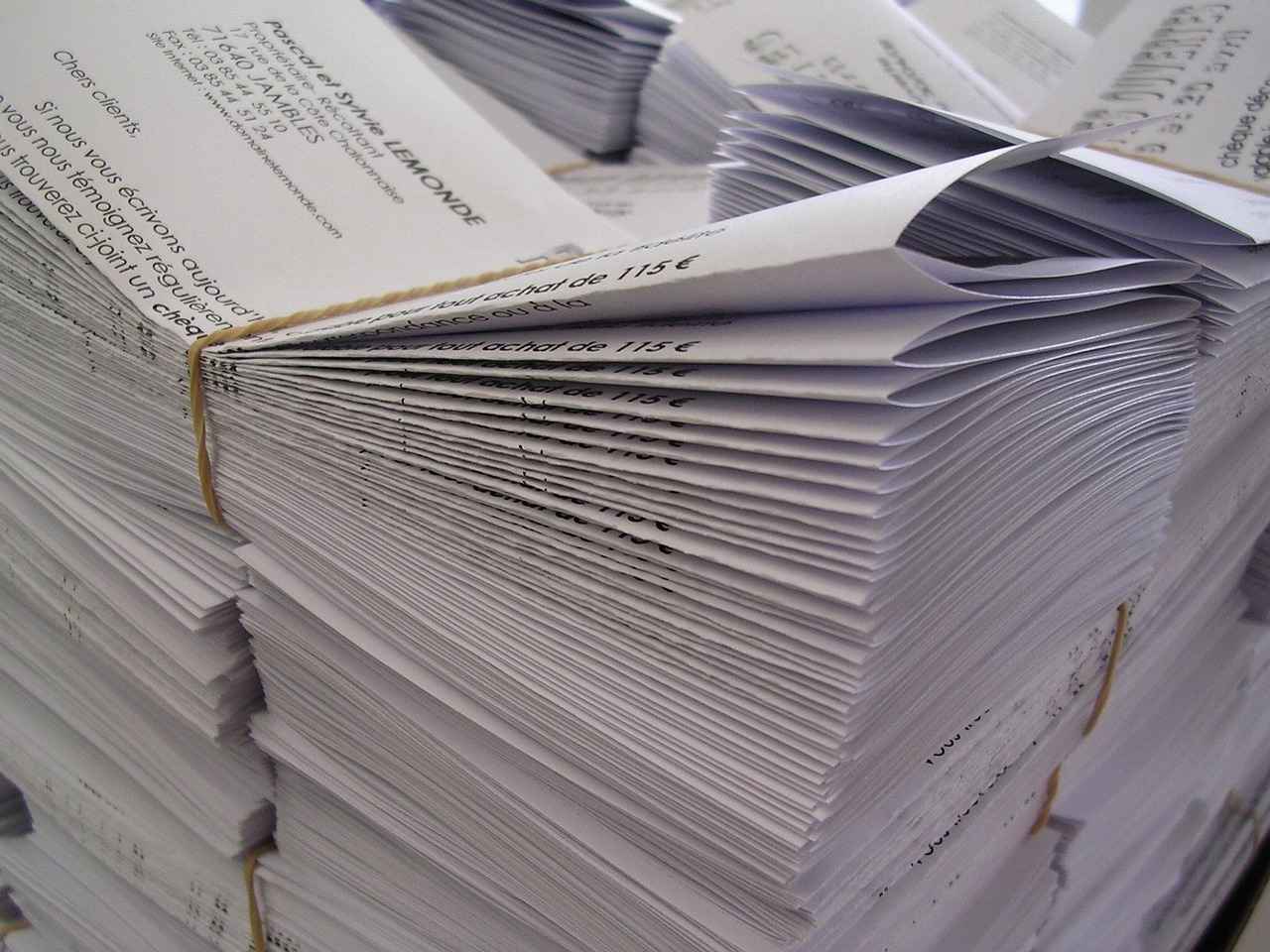
Preparing the Cyanotype Solution
Creating stunning cyanotype prints begins with the proper preparation of the cyanotype solution. This process is not only essential for achieving vibrant colors but also ensures the longevity and quality of your prints. Below, we provide a detailed step-by-step guide to help you mix your cyanotype solution effectively while highlighting important safety precautions and storage tips.
Ingredients Needed for the Cyanotype Solution
- Ferric Ammonium Citrate: This is a light-sensitive chemical that serves as the primary component of the cyanotype solution.
- Potassium Ferricyanide: This chemical reacts with ferric ammonium citrate when exposed to UV light, producing the characteristic blue color.
- Distilled Water: It is crucial to use distilled water to avoid impurities that could affect the chemical reaction.
Step-by-Step Guide to Mixing the Solution
1. Gather all materials in a well-ventilated area.2. Measure 25 grams of Ferric Ammonium Citrate and dissolve it in 100 ml of distilled water.3. In a separate container, measure 10 grams of Potassium Ferricyanide and dissolve it in another 100 ml of distilled water.4. Once both solutions are fully dissolved, mix them together in a dark container to prevent premature exposure to light.5. Store the mixed solution in a dark, cool place, ideally in a dark glass bottle to protect it from UV light.
Safety Precautions
While working with chemicals, safety should always be your top priority. Here are some essential precautions to follow:
- Always wear gloves and protective eyewear when handling chemicals.
- Work in a well-ventilated area to avoid inhaling any fumes.
- Keep the chemicals away from children and pets.
- In case of skin contact, wash the area immediately with soap and water.
Storage Tips
Proper storage of your cyanotype solution is crucial to maintain its effectiveness:
- Store the solution in a cool, dark place to prevent degradation.
- Avoid exposing the solution to light, as it can become inactive.
- Label your containers clearly to avoid confusion with other substances.
By following these steps and precautions, you will be well on your way to preparing a cyanotype solution that yields beautiful prints. This foundational knowledge is essential for anyone looking to delve into the art of cyanotype printing, ensuring that your creative process begins on the right foot.

Creating Your Design for the Bandana
Designing your bandana is where creativity shines. This section explores various design techniques, including using natural objects, stencils, and digital prints, to create stunning patterns that reflect your unique style. Whether you are a beginner or an experienced artist, the process of creating your design can be both exciting and fulfilling.
Exploring Design Techniques
When it comes to designing your bandana, there are several techniques you can employ. Each method provides different aesthetic results, allowing you to express your individuality. Here are a few popular design techniques:
- Natural Objects: Using leaves, flowers, and other organic materials can create beautiful and intricate silhouettes. The natural shapes and textures add a unique touch to your bandana.
- Stencils: Stencils can provide a clean and precise way to create patterns. You can either purchase ready-made stencils or create your own using cardboard or plastic sheets.
- Digital Prints: With the advent of technology, digital printing has become a popular choice. You can design your patterns on software and print them directly onto fabric, offering endless possibilities.
Using Natural Objects
Natural objects like leaves and flowers are not only readily available but also add a personal touch to your bandana. To use them effectively:
- Select: Choose leaves or flowers that have interesting shapes and textures.
- Prepare: Press and dry the chosen objects to ensure they lay flat against the fabric.
- Arrange: Lay out the objects on the bandana in a way that you find visually appealing.
Utilizing Stencils
Stencils offer a way to create sharp, defined patterns. Here’s how to use them effectively:
Step 1: Create or buy a stencil with your desired pattern.Step 2: Secure the stencil on the fabric using tape.Step 3: Apply the cyanotype solution over the stencil, ensuring even coverage.Step 4: Remove the stencil carefully to reveal your design.
Digital Prints for Modern Designs
If you prefer a more modern approach, consider using digital prints. This method allows for intricate designs that can be easily replicated. Here’s how to get started:
- Design: Use graphic design software to create your pattern. Ensure it is compatible with fabric printing.
- Print: Use a fabric printer or send your design to a professional printing service.
- Apply: Follow the instructions for setting the print on fabric to ensure durability.
In conclusion, the design process for your bandana is a chance to showcase your creativity. By experimenting with natural objects, stencils, and digital prints, you can create a unique piece that reflects your personal style. Embrace the artistic journey and enjoy each step of the design process!
Using Natural Objects
in cyanotype printing can transform a simple bandana into a stunning piece of art. The unique patterns created by leaves, flowers, and other organic materials lend a natural beauty that is both elegant and striking. In this section, we will explore how to select the right natural objects and prepare them effectively to achieve the best results in your cyanotype bandana.
First, selecting the right natural objects is crucial. Look for items that have interesting shapes and textures. Leaves with intricate veins or flowers with distinct petal shapes can create visually appealing silhouettes. Consider the following tips when choosing your materials:
- Variety: Mix different types of leaves and flowers to create a diverse design.
- Size: Choose objects that are proportionate to the size of your bandana.
- Freshness: Use fresh materials for the best results; dried items may not yield clear prints.
Once you have selected your natural objects, the next step is preparation. Here’s how to prepare them for cyanotype printing:
- Clean the Objects: Rinse your leaves and flowers under cool water to remove any dirt or debris. Pat them dry gently with a soft cloth.
- Flattening: If necessary, press your leaves and flowers between heavy books for a few hours to flatten them. This will help them make better contact with the fabric during the exposure process.
- Positioning: Arrange your natural objects on the fabric in a way that creates a balanced composition. Experiment with overlapping and varying orientations for added interest.
Another essential aspect to consider is the contrast between the natural objects and the fabric. Lighter colored fabrics will highlight the blue tones of the cyanotype, while darker fabrics can create a more dramatic effect. Experiment with different fabric colors to see how they interact with your selected materials.
Additionally, you can enhance your design by incorporating layering techniques. By layering multiple objects, you can create depth and complexity in your prints. However, be mindful that too many layers can lead to muddled designs, so aim for a balance.
In conclusion, using natural objects in your cyanotype bandana can lead to breathtaking results. By carefully selecting and preparing your materials, you can achieve stunning silhouettes that showcase the beauty of nature. Remember to experiment with different compositions and techniques to find what resonates with your artistic vision.
Utilizing Stencils and Digital Prints
Stencils and digital prints are two powerful tools in the world of fabric design, offering a blend of precision and creativity. In this section, we will explore how to effectively create and use stencils, as well as provide tips for printing digital designs onto fabric, ensuring a stunning final product.
Understanding Stencils
Stencils are templates that allow you to apply designs onto fabric with precision. They can be made from various materials, including plastic, cardboard, or even metal. The key to successful stencil use lies in the design and execution. Here are some essential tips for utilizing stencils effectively:
- Choosing the Right Material: Select a sturdy material that can withstand multiple uses. Plastic stencils are durable and easy to clean, making them ideal for fabric application.
- Design Considerations: Create designs with clear outlines and avoid overly intricate details that may not transfer well to fabric.
- Adhesion: Use spray adhesive or painter’s tape to secure the stencil to the fabric, preventing any movement during application.
Applying Paint or Dye
When applying paint or dye through your stencil, consider the following techniques:
- Dabbing Technique: Use a sponge or brush to dab paint onto the stencil. This method prevents bleeding and ensures crisp lines.
- Spray Technique: For larger areas, consider using fabric spray paint. Hold the spray can at a distance to avoid oversaturation.
Digital Printing on Fabric
Digital printing has revolutionized fabric design, allowing for intricate and colorful designs that would be difficult to achieve by hand. Here are some tips for successfully printing digital designs onto fabric:
- Selecting the Right Fabric: Choose fabrics that are compatible with digital printing, such as cotton, silk, or polyester. Each fabric type has different printing requirements.
- Preparing Your Design: Ensure your digital design is high-resolution and formatted correctly for printing. Use software like Adobe Photoshop or Illustrator to make necessary adjustments.
- Printing Process: Utilize a reputable printing service that specializes in fabric printing. Discuss your design needs and fabric choices with them for the best results.
Combining Stencils and Digital Prints
One of the most exciting aspects of fabric design is the ability to combine stencils and digital prints. Here’s how to do it effectively:
- Layering Techniques: Start with a digital print as your base and then apply stencils over the top to add texture and dimension. This layering technique creates depth in your design.
- Color Coordination: Ensure that the colors of your stencil paint complement the digital print. This harmony will enhance the overall aesthetic of your fabric.
Final Thoughts
Utilizing stencils and digital prints can elevate your fabric projects to the next level. By understanding the tools and techniques involved, you can create stunning designs that showcase your creativity and skill. Whether you are a seasoned designer or a beginner, embracing these methods will undoubtedly enhance your fabric design experience.
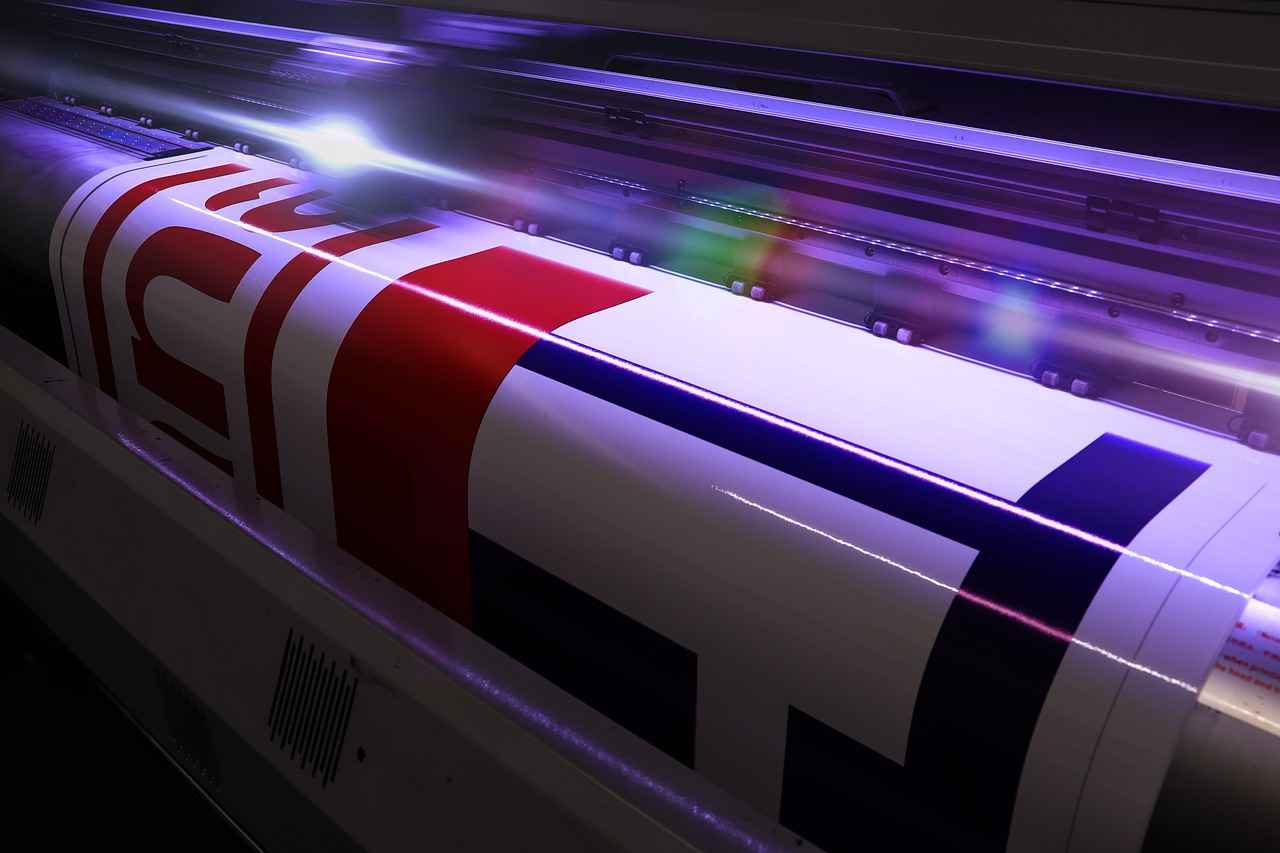
The Cyanotype Printing Process
is a fascinating journey that combines art, science, and creativity. Understanding this process is essential for achieving stunning results when creating your cyanotype bandanas. In this section, we will explore the step-by-step procedure for exposing and developing your fabric, ensuring that you have a clear and effective guide to follow.
To begin with, it’s important to prepare your workspace. Ensure that you have a clean, well-lit area with ample ventilation. Gather all the necessary materials, including your pre-treated fabric, cyanotype solution, a UV light source, and any design elements you intend to use. Having everything in place will streamline the process and enhance your efficiency.
Before you start the exposure process, make sure your fabric is clean and free of any dust or debris. This will help in achieving a more consistent print. Lay your fabric flat on a non-absorbent surface, as this will prevent any unwanted staining during the exposure and washing phases.
The exposure phase is crucial in the cyanotype printing process. Once your design is arranged on the fabric, it’s time to expose it to UV light. Place your fabric under the UV light source, ensuring that it is evenly illuminated. The duration of exposure can vary based on the intensity of the UV light and the desired depth of the blue. Typically, exposure times range from 10 to 30 minutes. Keep an eye on the fabric, as overexposure can lead to a washed-out appearance.
After the exposure time is complete, it’s time to develop your print. Carefully remove the fabric from the UV light source and rinse it under running water. This step is vital as it removes unreacted chemicals and reveals the beautiful cyan-blue tones. Gently agitate the fabric in the water for about 5 to 10 minutes. You may notice the blue color intensifying as the print develops.
Once you have thoroughly washed the fabric, hang it to dry in a shaded area to prevent fading from direct sunlight. After the fabric is completely dry, you can set the dye by ironing it on a low heat setting. This will help to lock in the color and improve the longevity of your cyanotype bandana.
- Timing is Key: Monitor the exposure closely to prevent overexposure.
- Use Quality Materials: High-quality fabric and chemicals yield better results.
- Experiment: Don’t hesitate to try different designs and exposure times to find what works best for you.
By following these steps, you can successfully navigate the cyanotype printing process and create stunning bandanas that showcase your artistic flair. Remember, practice makes perfect, so don’t be discouraged if your first attempts don’t turn out as expected. Each print is a learning experience that brings you closer to mastering this beautiful technique.
Exposure to UV Light
The exposure phase is a pivotal aspect of the cyanotype printing process. This stage determines the final quality of your print, making it essential to understand how to properly expose your fabric to UV light. Here, we will delve into the timing, techniques, and environmental considerations that play a crucial role in achieving stunning results.
- Understanding UV Light: UV light is essential for the cyanotype process as it triggers the chemical reactions in the cyanotype solution. The two main types of UV light are UVA and UVB, with UVA being the most effective for cyanotype printing.
- Timing Your Exposure: The duration of exposure can vary greatly depending on several factors, including the intensity of the UV light and the specific conditions of your environment. Generally, exposure times can range from 10 minutes to over an hour. It is advisable to start with shorter exposure times and gradually increase them to avoid overexposure, which can lead to washed-out prints.
- Environmental Considerations: The environment in which you are exposing your fabric also plays a significant role. Direct sunlight is ideal, but factors such as cloud cover, time of day, and geographic location can affect UV intensity. Early morning or late afternoon sunlight often provides softer light, which can be beneficial for achieving fine details in your prints.
- Using a UV Light Source: If natural sunlight is not available, consider using a UV lamp. These lamps can provide consistent exposure and are particularly useful in indoor settings. Ensure that the lamp emits UV light in the appropriate spectrum for optimal results.
Tips for Effective Exposure:
1. Test Exposure Times: Conduct test prints to determine the best exposure time for your specific conditions.2. Monitor Light Conditions: Keep an eye on changing weather conditions, as clouds can significantly reduce UV intensity.3. Use a Timer: To ensure consistency, always use a timer to track exposure times accurately.4. Observe Color Change: During exposure, the cyanotype solution will change color from greenish-yellow to a deep blue, indicating that the reaction is taking place.
In conclusion, mastering the exposure phase is essential for successful cyanotype printing. By understanding the nuances of UV light, timing, and environmental factors, you can create beautiful, vibrant prints that showcase your creativity. Whether you are a novice or an experienced printer, these insights will help you refine your technique and achieve stunning results in your cyanotype bandanas.
Washing and Developing the Print
Washing and developing the print is a pivotal phase in the cyanotype process, as it transforms your exposed fabric into a vibrant piece of art. This section will guide you through the essential steps to effectively wash your bandana, ensuring that the blue print emerges beautifully while providing tips for achieving the most striking results.
Once you have exposed your bandana to UV light, the next step is to wash it thoroughly. This process not only removes any unreacted chemicals but also helps in developing the characteristic cyan-blue color of your print. Here’s how to do it:
- Prepare Your Washing Area: Choose a well-ventilated space, preferably outdoors, to wash your bandana. This minimizes exposure to light, which can affect the print. Gather your materials: a basin or sink, cold water, and a gentle detergent.
- Rinse with Cold Water: Begin by rinsing the bandana gently under cold running water. This step is crucial as it helps to wash away the excess chemicals. Avoid scrubbing or twisting the fabric, as this can damage the delicate fibers and distort the print.
- Soak in Detergent: After rinsing, prepare a solution of cold water and a few drops of gentle detergent. Submerge the bandana in this solution and let it soak for about 5-10 minutes. This will help to remove any remaining residues and enhance the vibrancy of the blue print.
- Final Rinse: Rinse the bandana again under cold water until the water runs clear. This ensures that all detergent is washed out, preventing any potential discoloration.
Developing the Print: After washing, the next step is to develop your print. This is where the magic happens, as the blue tones start to reveal themselves. Here are some tips to achieve vibrant results:
- Drying: Lay the bandana flat on a clean, dry surface or hang it up to dry away from direct sunlight. This prevents the colors from fading and helps maintain the integrity of the print.
- Ironing: Once the bandana is dry, you can iron it on a low setting to smooth out any wrinkles. Be sure to place a thin cloth over the print to protect it from direct heat, which could alter the colors.
- Setting the Dye: To ensure the longevity of your cyanotype bandana, consider setting the dye. This can be done by steaming the fabric or using a fabric fixative, which will help maintain the print’s vibrancy over time.
By following these steps, you will successfully wash and develop your cyanotype bandana, revealing a stunning blue print that showcases your creativity and the beauty of this unique printing technique. Remember, patience and careful handling are key to achieving the best results!
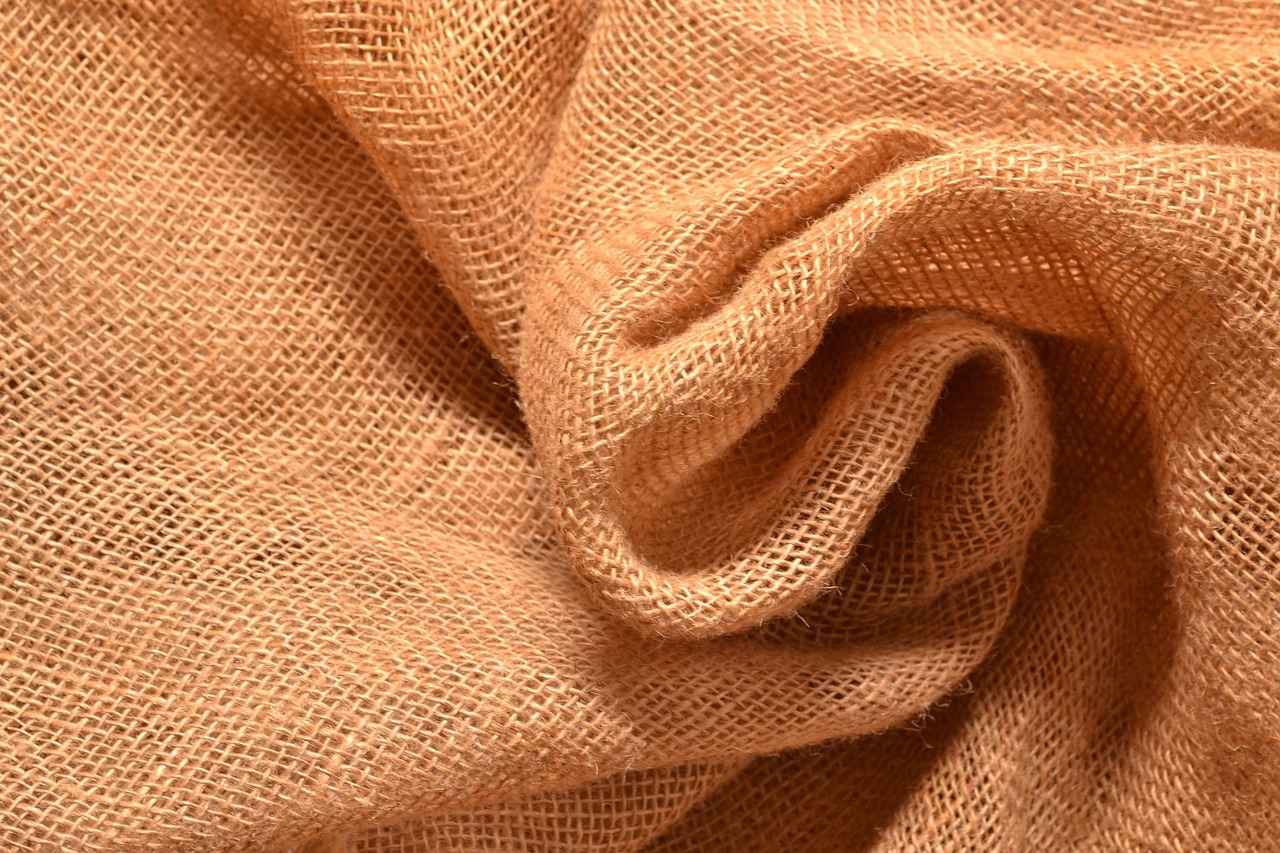
Finishing Touches for Your Cyanotype Bandana
Once your bandana has been printed and developed, the next crucial step is applying the finishing touches. These final enhancements not only improve the aesthetic appeal of your bandana but also contribute significantly to its longevity and durability. In this section, we will explore essential techniques for drying, ironing, and setting the dye, ensuring that your beautiful creation stands the test of time.
Drying Your Bandana
After washing your cyanotype bandana to reveal the stunning blue patterns, it is essential to dry it properly. Here are some effective drying methods:
- Air Drying: Hang your bandana in a shaded area away from direct sunlight. This method helps prevent fading while allowing the fabric to dry naturally.
- Flat Drying: Lay the bandana flat on a clean, dry surface. This technique helps maintain the shape and prevents any stretching or distortion.
- Using a Towel: If you need to expedite the drying process, place the bandana between two clean towels and gently press to absorb excess moisture.
Ironing Techniques
Once your bandana is completely dry, ironing it will not only remove any wrinkles but also help set the dye. Follow these tips for effective ironing:
- Use a Low Heat Setting: Set your iron to a low or medium temperature to avoid damaging the fabric or the dye.
- Place a Cloth Over the Bandana: To protect the dye, place a clean cotton cloth over the bandana while ironing. This barrier prevents direct contact with the iron.
- Iron from the Back: Start ironing from the back side of the bandana. This approach minimizes the risk of smudging the dye and helps set the color more effectively.
Setting the Dye for Longevity
Setting the dye is a critical step in ensuring that your cyanotype bandana maintains its vibrant colors. Here are some methods to effectively set the dye:
- Heat Setting: As mentioned earlier, using an iron can help set the dye. The heat penetrates the fabric fibers, locking in the color.
- Vinegar Rinse: After washing, a gentle rinse with a solution of water and white vinegar can help set the dye. Mix one part vinegar with four parts water and soak the bandana briefly before air drying.
- Fabric Fixative: Consider using a commercial fabric fixative designed to enhance color retention. Follow the manufacturer’s instructions for the best results.
By following these finishing techniques, you can ensure that your cyanotype bandana not only looks stunning but also remains vibrant and durable over time. Each step plays a vital role in enhancing the overall quality of your handmade accessory, making it a cherished piece in your wardrobe.
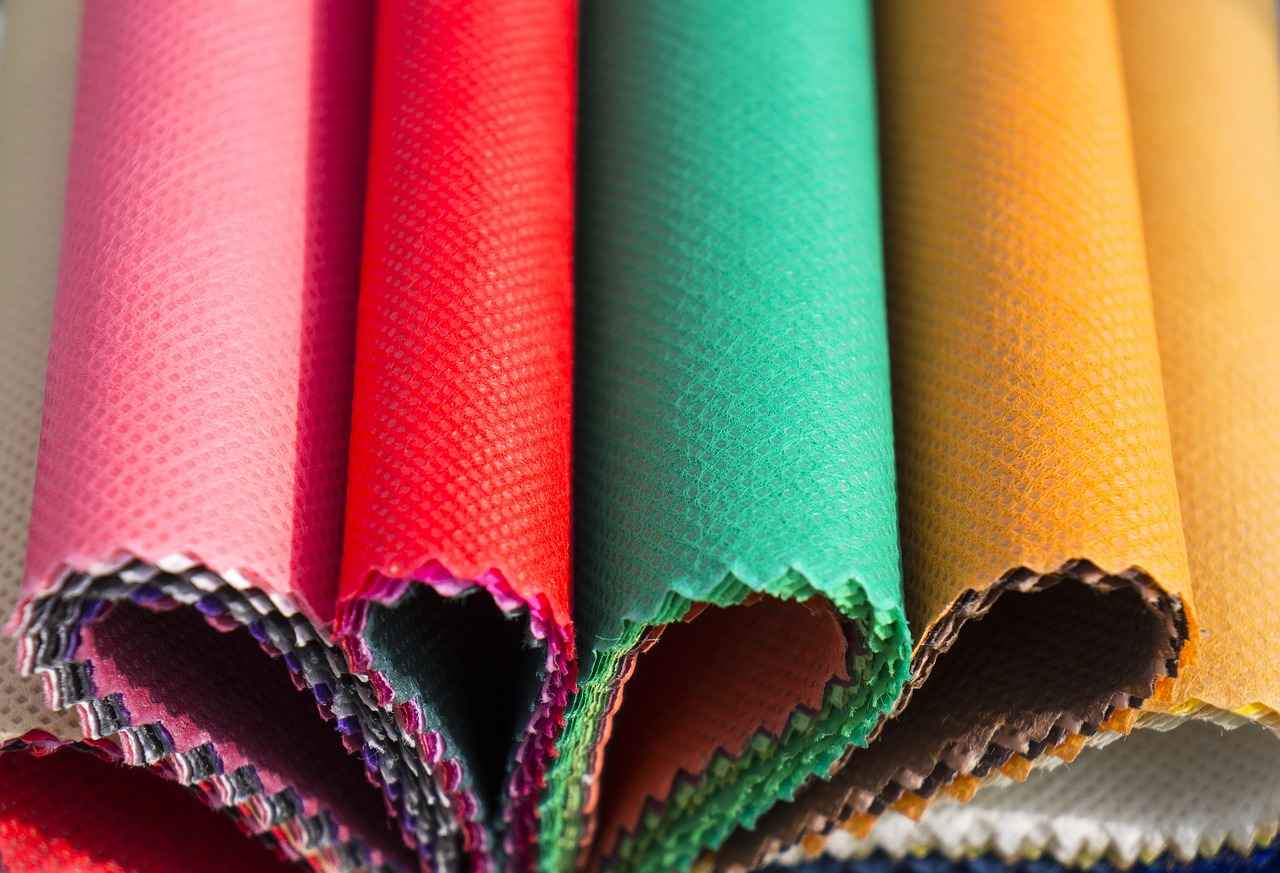
Care and Maintenance of Cyanotype Bandanas
Proper care extends the life of your cyanotype bandanas. These unique pieces of art not only reflect your creativity but also require specific maintenance to keep their vibrant colors intact. In this section, we will provide you with comprehensive tips on washing, storing, and maintaining the color vibrancy of your printed fabric.
When it comes to washing your cyanotype bandanas, gentleness is key. To preserve the intricate designs and colors, follow these steps:
- Hand Wash: Always opt for hand washing instead of machine washing. Use cold water and a mild detergent to prevent fading.
- Soak and Rinse: Soak the bandana gently in soapy water for a few minutes. Rinse thoroughly with cold water until all soap is removed.
- Avoid Bleach: Never use bleach or harsh chemicals, as they can damage the cyanotype print.
After washing, the way you dry your bandana is equally important:
- Air Dry: Lay your bandana flat on a clean, dry towel or hang it to air dry. Avoid direct sunlight, as prolonged exposure can lead to color fading.
- No Heat: Do not use a dryer or any heat source, as this can cause the fabric to shrink and the colors to dull.
Proper storage is essential for maintaining the integrity of your cyanotype bandanas:
- Cool, Dry Place: Store your bandanas in a cool, dry area away from direct sunlight to prevent fading.
- Use Acid-Free Tissue Paper: When stacking your bandanas, place acid-free tissue paper between them to avoid any potential color transfer.
- Avoid Folding: If possible, roll your bandanas instead of folding them to prevent creases.
To keep the colors of your cyanotype bandanas looking fresh, consider the following tips:
- Limit Sun Exposure: While they are beautiful accessories, limit the time your bandanas spend in direct sunlight to maintain their vibrant hues.
- Regular Inspection: Periodically check your stored bandanas for any signs of wear or fading, allowing you to take action before damage occurs.
- Refresh the Print: If you notice any fading over time, you can consider redoing the cyanotype process on a new piece of fabric, using the same design to refresh your collection.
By following these care and maintenance tips, you can ensure that your cyanotype bandanas remain vibrant and beautiful for years to come. With the right approach, your unique fabric creations will continue to be a source of pride and a testament to your artistic endeavors.
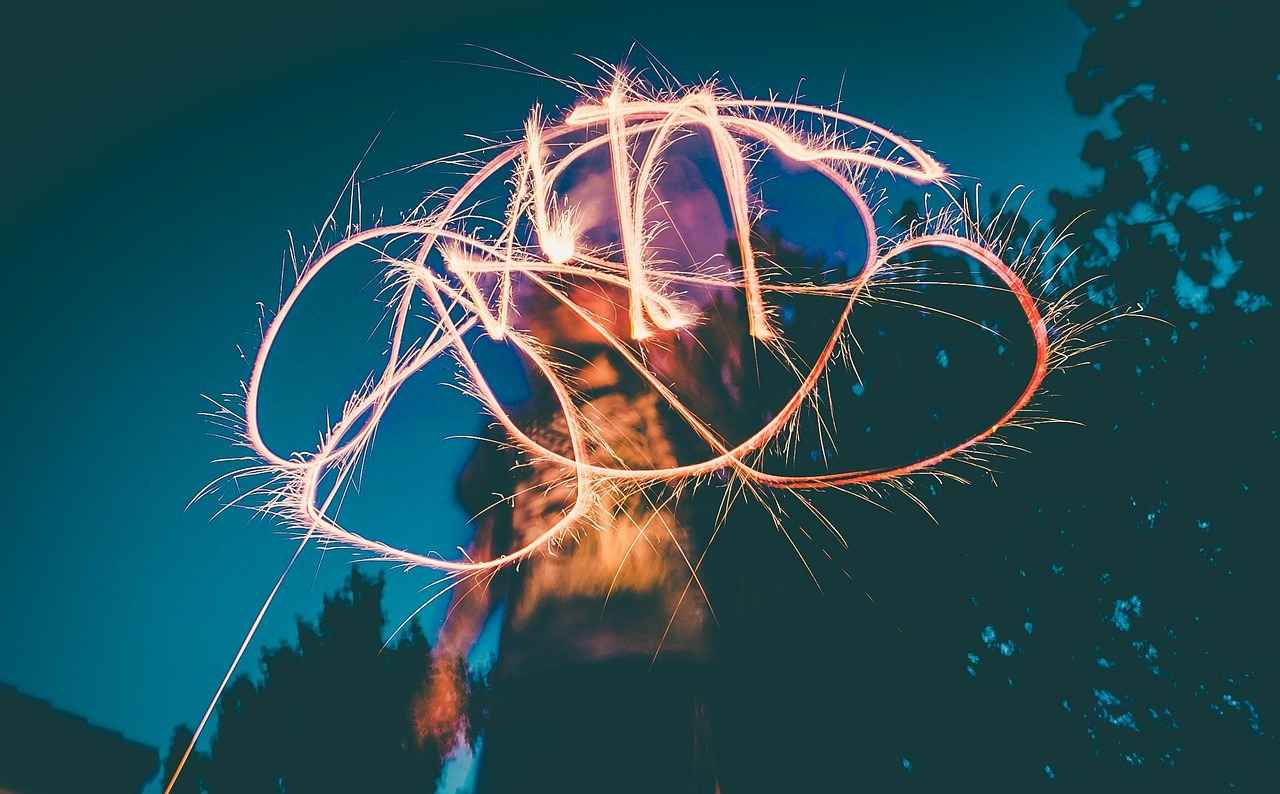
Exploring Creative Variations
Cyanotype bandanas offer a unique canvas for personal expression, allowing you to explore a multitude of creative variations. This section delves into innovative techniques and ideas for customizing your bandanas, ensuring each piece is a true reflection of your individual style.
- Layering Techniques: One of the most effective ways to create depth in your designs is through layering. By applying multiple layers of cyanotype solution and exposing them separately, you can achieve intricate patterns and textures. Experiment with overlapping natural objects or stencils to see how different elements interact.
- Color Variations: While traditional cyanotype is known for its vibrant blue hues, you can experiment with dyeing techniques to introduce a spectrum of colors. Consider using fabric dyes after the cyanotype process or incorporating colored fabrics into your designs for a mixed-media approach.
- Textural Elements: Adding texture to your bandanas can enhance their visual appeal. Consider using fabrics with different weaves, such as burlap or silk, to see how they absorb the cyanotype solution. You can also incorporate textured materials like lace or mesh during the exposure process to create unique patterns.
- Interactive Designs: Create bandanas that tell a story or invite interaction. For instance, you can print designs that encourage the wearer to add their own touches, such as doodles or additional dye splashes. This approach not only personalizes the bandana but also engages others in the creative process.
- Seasonal Themes: Tailor your cyanotype bandanas to reflect the seasons or special occasions. Use leaves from spring blooms for a fresh look, or incorporate autumn foliage for a warm, earthy vibe. This thematic approach can make your bandanas perfect for gifts or seasonal fashion statements.
Incorporating Patterns and Symbols
Patterns and symbols play a significant role in personalizing your cyanotype bandanas. Consider integrating meaningful motifs that resonate with your identity or beliefs. Whether it’s geometric shapes, floral designs, or cultural symbols, the possibilities are endless. You can create stencils of your favorite designs or use natural objects that hold significance to you.
Collaboration and Community Projects
Engaging with others can inspire new ideas and techniques. Collaborate with friends or local artists to create a series of cyanotype bandanas. This not only fosters a sense of community but also opens the door to diverse styles and perspectives. Host workshops where participants can share their techniques, making the creative process even more enriching.
Documenting Your Process
As you experiment with different techniques, consider documenting your journey. Keep a journal of your designs, materials used, and the results of each experiment. This not only helps you refine your skills but also serves as a source of inspiration for future projects. You can also share your experiences on social media, connecting with fellow cyanotype enthusiasts and expanding your creative network.
Conclusion
Cyanotype bandanas are a versatile medium for self-expression and creativity. By exploring various techniques and embracing experimentation, you can create unique pieces that reflect your personal style. Whether layering colors, incorporating textures, or collaborating with others, the possibilities are endless. Dive into the world of cyanotype printing and let your creativity shine!
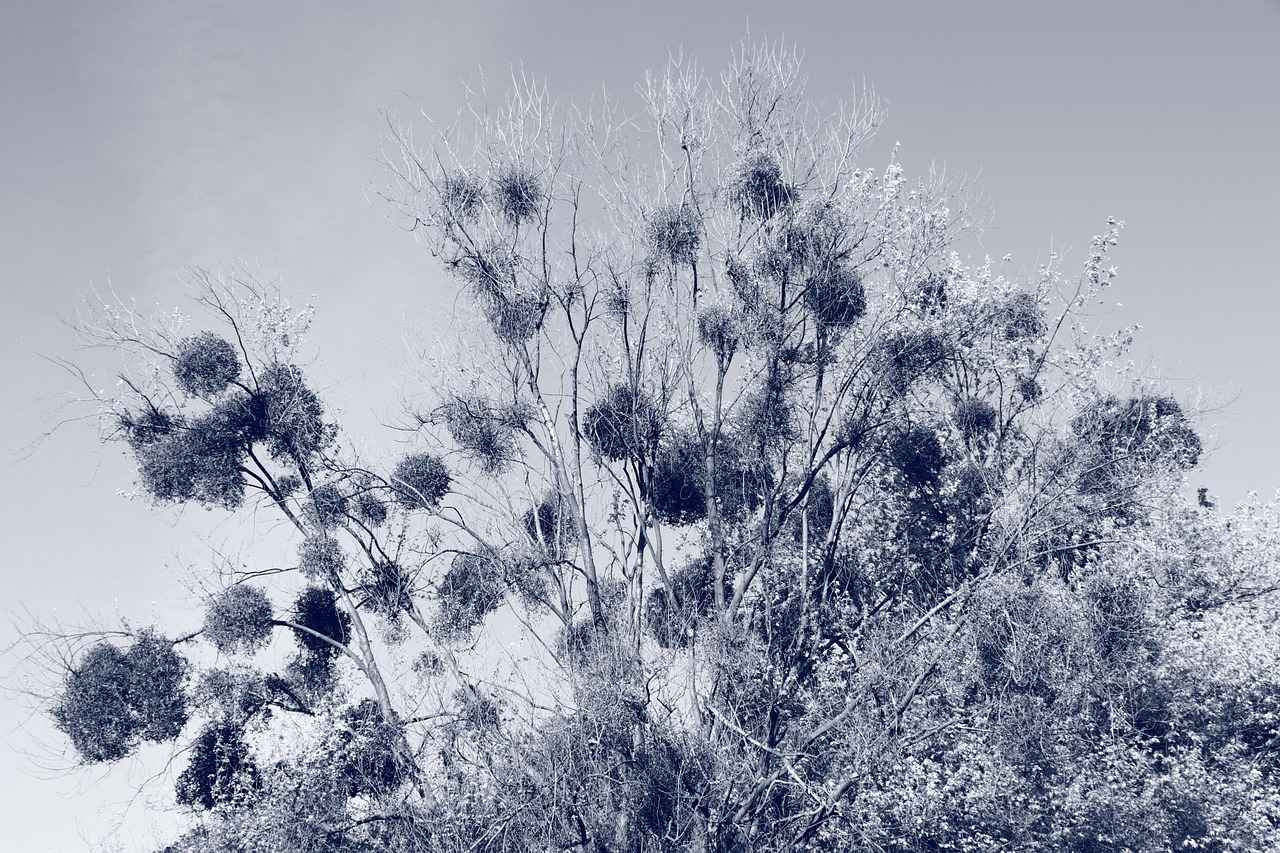
Where to Use Your Cyanotype Bandanas
Cyanotype bandanas are more than just beautiful accessories; they serve a multitude of purposes that showcase their versatility. From fashion statements to practical applications, these handmade items can enhance your wardrobe and lifestyle in various ways. In this section, we will explore the different uses for your cyanotype bandanas, highlighting their creative potential.
One of the most popular uses for cyanotype bandanas is as a fashion accessory. Their unique patterns and vibrant blue hues can elevate any outfit. Here are some ways to incorporate them into your style:
- Neck Scarves: Wearing a bandana around your neck adds a pop of color and can be styled in various knots or drapes.
- Hair Accessories: Use a cyanotype bandana as a headband, hair tie, or even a hair wrap to add a touch of artistic flair.
- Bag Accessories: Tie a bandana to your handbag or backpack for a chic and personalized touch.
- Wrist Wraps: Fold and tie a bandana around your wrist for a bohemian vibe.
Beyond fashion, cyanotype bandanas can serve practical purposes in everyday life:
- Face Coverings: In times of need, bandanas can be used as face masks, providing a stylish alternative to standard masks.
- Sun Protection: Wearing a bandana on your head can help shield your face from the sun during outdoor activities.
- Handkerchiefs: They can function as a handy handkerchief for wiping sweat or cleaning surfaces.
- Cooling Cloths: Dampen a bandana and wear it around your neck to stay cool on hot days.
The artistic nature of cyanotype bandanas opens up a world of creative possibilities:
- Gifts: Handmade bandanas make thoughtful gifts, showcasing your creativity and personal touch.
- Home Décor: Use them as table runners, wall hangings, or framed art pieces to bring a unique aesthetic to your home.
- Craft Projects: Incorporate bandanas into other DIY projects, such as quilts or patchwork clothing.
Cyanotype bandanas are also ideal for outdoor enthusiasts:
- Camping: Use them as multi-purpose cloths for cooking, cleaning, or as makeshift napkins.
- Hiking: They can be wrapped around your head or neck for sun protection, or used to wipe sweat during strenuous hikes.
- Picnics: Spread out a bandana on the grass for a quick picnic spot.
In summary, cyanotype bandanas are not only visually striking but also incredibly functional. Their versatility allows them to be integrated into various aspects of life, from fashion to practical applications. By exploring these uses, you can maximize the potential of your handmade bandanas and express your creativity in diverse ways.
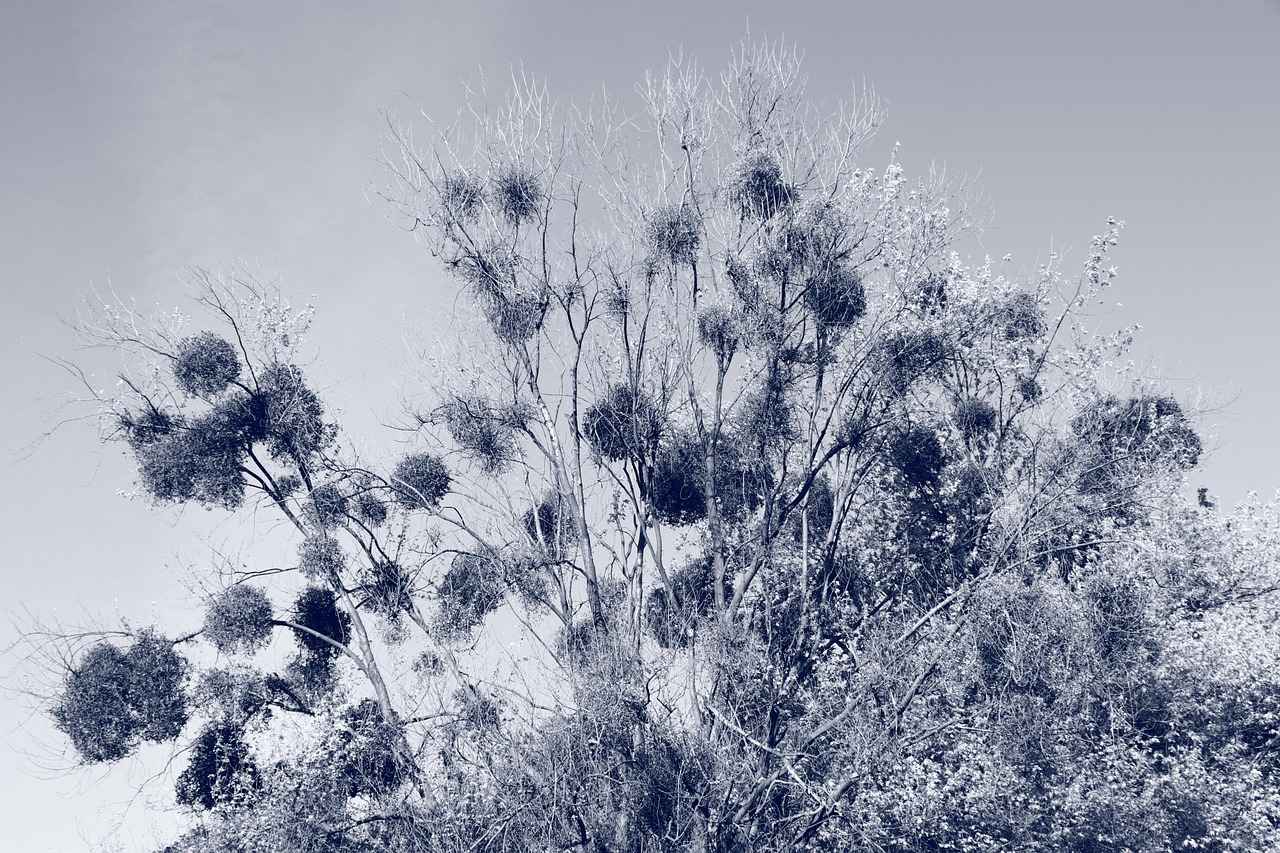
Conclusion: Embrace the Art of Cyanotype
Cyanotype bandanas represent a stunning fusion of artistry and scientific technique, allowing individuals to express their creativity while engaging with a historic printing method. This article will guide you through the intricate process of creating these unique fabric pieces, highlighting essential techniques, materials, and tips for achieving beautiful results.
The allure of cyanotype bandanas lies in their distinctive blue hues and the personal touch that each creator brings to their designs. The cyanotype process, invented in the 19th century, utilizes a simple chemical reaction to produce striking images on fabric. Unlike conventional dyeing methods, cyanotype allows for a range of artistic expressions, from natural motifs to abstract designs. This versatility makes every bandana a unique piece of wearable art.
At the heart of cyanotype bandana creation is the cyanotype printing process itself. This photographic method involves a light-sensitive solution applied to fabric, which, when exposed to UV light, reacts to create a vibrant blue image. The simplicity and accessibility of the process make it an ideal choice for both beginners and experienced artists. Moreover, the use of natural objects, stencils, or digital prints allows for endless possibilities in design.
To embark on your cyanotype journey, you’ll need specific materials. The primary components include:
- Fabric: Cotton or linen is recommended for optimal absorption of the cyanotype solution.
- Chemicals: Ferric ammonium citrate and potassium ferricyanide are the key chemicals needed to create the cyanotype solution.
- Tools: Brushes, a UV light source, and a container for mixing the solution are essential for the process.
Having these materials ready will streamline your creative workflow and enhance the quality of your final product.
The preparation of the cyanotype solution is a critical step in achieving stunning prints. Begin by mixing equal parts of ferric ammonium citrate and potassium ferricyanide in a dark environment to prevent premature exposure. Use a clean container and stir thoroughly to ensure a uniform solution. Once mixed, store the solution in a dark bottle to prolong its shelf life. Always wear gloves and goggles when handling chemicals to ensure safety.
Your creativity truly shines when designing your bandana. Consider incorporating:
- Natural Objects: Leaves, flowers, and other botanical elements can create beautiful silhouettes.
- Stencils: These allow for precise patterns and can be made from various materials.
- Digital Prints: High-resolution images can be printed directly onto the fabric for intricate designs.
Experimenting with different design techniques will help you discover your personal style and enhance the uniqueness of each bandana.
Once your design is ready, it’s time to move on to the printing process. Lay your fabric flat in a well-ventilated area and evenly apply the cyanotype solution. After the fabric is coated, place your design elements on top and expose the fabric to UV light. The exposure time varies based on sunlight intensity, typically ranging from 10 to 30 minutes. Monitor the color change closely to avoid overexposure.
After exposure, it’s essential to wash your bandana in water to stop the chemical reaction. Rinse thoroughly until the water runs clear, revealing the striking blue print. This stage is crucial for ensuring the vibrancy and longevity of your design. Hang your bandana to dry in a shaded area to prevent fading from direct sunlight.
Once dry, you can enhance your bandana by ironing it on a low setting to smooth out any wrinkles. Setting the dye can be achieved by rinsing the fabric in a vinegar solution, which helps to preserve the color. These finishing touches not only improve the appearance but also extend the life of your cyanotype bandana.
To keep your cyanotype bandanas looking their best, wash them gently in cold water with mild detergent. Avoid bleach and harsh chemicals, as they can damage the fabric and fade the print. Store your bandanas in a cool, dry place away from direct sunlight to maintain their vibrancy over time.
Creating cyanotype bandanas is not just a craft; it’s a way to connect with a rich artistic heritage while expressing your individuality. With each piece, you can experiment, learn, and grow as an artist. The combination of art and science in cyanotype printing opens doors to endless creative possibilities, allowing you to wear your art with pride.
Frequently Asked Questions
- What materials do I need to make cyanotype bandanas?
To create stunning cyanotype bandanas, you’ll need essential materials such as cotton or linen fabric, ferric ammonium citrate, potassium ferricyanide, brushes, and a UV light source. Having these items ready will ensure a smooth and enjoyable crafting experience!
- How do I prepare the cyanotype solution?
Preparing the cyanotype solution is a straightforward process. Mix equal parts of ferric ammonium citrate and potassium ferricyanide in water. Be sure to wear gloves and work in a dimly lit area to avoid premature exposure. Once mixed, store the solution in a dark bottle to maintain its effectiveness!
- Can I use digital designs for my bandanas?
Absolutely! Utilizing stencils or printing digital designs on your fabric can add a unique touch to your cyanotype bandanas. Just ensure that the designs are opaque enough to block UV light during exposure for the best results.
- What is the best way to care for my cyanotype bandanas?
To keep your cyanotype bandanas looking vibrant, wash them gently by hand in cold water and avoid harsh detergents. Hang them to dry away from direct sunlight, and consider ironing them on a low setting to maintain their shape and design.


